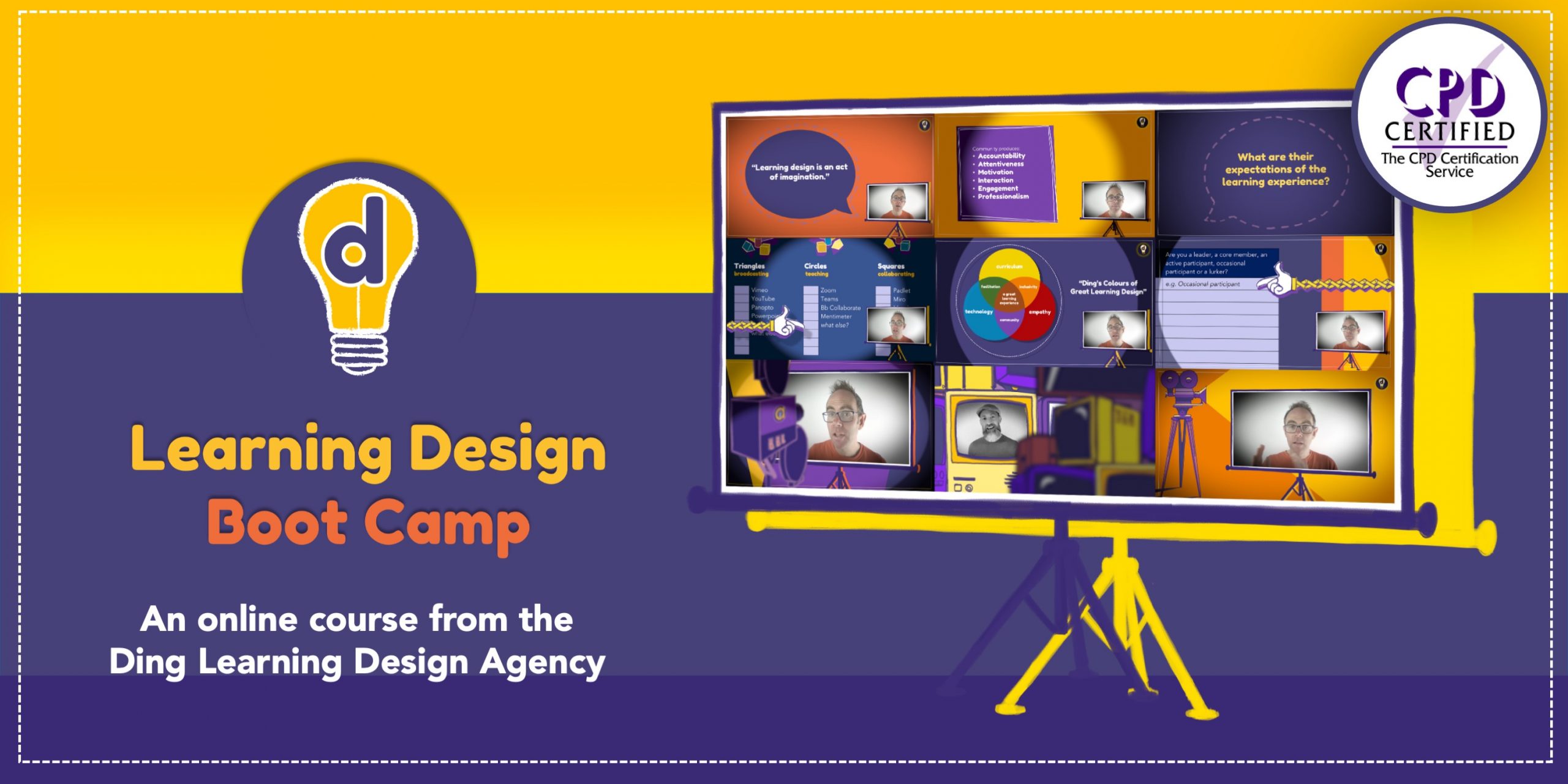Working with SMEs is an integral part of being a learning designer.
As Learning Designers, our role is not to be the content expert. It’s to ensure the overall learning experience is engaging, inclusive and focused on the learning outcomes. The content knowledge is often provided by an SME, which stands for Subject Matter Expert. We have to work with them to extract relevant knowledge and turn it into an effective learning experience.
This is another area of our role where good facilitation skills are super important. To get the best out of an SME, we have to create the conditions that enable them to share their knowledge and expertise. This might sound easy, but it often requires a high level of communication skills and a deep understanding of how to collaborate effectively.
For example, imagine you’ve been employed as a learning designer by a data science company. You might have to work with mathematicians and hardcore data nerds about subjects like advanced machine learning, the ethics of algorithms and sequel server database integration. Now it’s unlikely you’ll know much about these topics, so you’ll need to work with an SME who does.
You may often find that you don’t have much time to work with them – sometimes you’ll only get an hour with them on Zoom, so you have to make sure you extract as much relevant information from them in that hour. To do this, we need to do three things: be interested, be outcomes-focused, and be prepared. Let’s take a look at each of these.
Be interested
Firstly, be interested. This requires that we empathise with our SME, ask questions and listen actively. We also need to identify how a topic relates to the learning outcomes, find out how learners would use the information in a professional situation, and determine areas for further research. Being interested requires you to put your empathy muscle to work, because your aim is to empathise with your SME.
They’re an expert in their field, and they’ve probably spent years learning about their specialist subject. So your first job is to make them feel comfortable by asking them why they’re interested in it. This will often unlock the ‘why’ of a topic, and help you identify reasons why other learners might be interested in it.
Being interested involves asking good questions and listening actively to the responses. As a learning designer, you’re in a similar position to the learners in that you don’t know very much about the topic. Your job is to keep asking ‘why’ a topic is important – why should learners care about it? Why is it relevant and useful? Why should they learn this topic now, adn not a different topic?
Be outcomes-focused
Next, be outcomes-focused. Remember that your SME is an expert, and will happily spend hours talking about many different aspects of the topic. So your second job is to keep them focused on how a topic relates to the intended learning outcomes of the course or module you’re designing, as this helps you determine the content that should be included in the curriculum. You’ll also need to keep asking the SME whether the content is appropriate to the intended level of study. They might have a PhD in the subject, but the course you’re designing might be for beginners or intermediate level learners. So find out what a learner at this level would be expected to know and be able to do.
While you’re talking about outcomes, ask your SME how learners might apply their learning professionally. Ask them what kind of tasks a beginner would be expected to perform, and what tasks a more advanced practitioner would do. This will help you develop authentic and realistic learning activities that show learners why a topic is important.
Be prepared
Finally, be prepared. It’s much easier to facilitate a conversation with an SME when you have an overview of the topic and a clear picture of what the course structure looks like. Start by doing your research – before you meet with your SME, find out how similar courses are constructed, and what topics they cover. Use this to inform your discussion and help you ask questions like ‘do you think we should include this topic, or that topic?’
If you’re planning a course, It really helps to show your SME an outline of the intended course structure. For example, is it a two week, five week or ten week course? This enables you to look at the sequencing of the curriculum, and ask the SME about the order in which topics need to be covered. If you’re planning individual sessions, it also really helps to show them a template session plan with a clear structure of ‘content, activity, discussion, content, activity, discussion’.
You can then initiate very practical conversations about ‘what content do learners need, what would be a good activity to help them apply that content, and what would be a suitable discussion to help them reflect on what they’ve learned?’
Use your imposter syndrome
And one last tip: use your imposter syndrome. The fact that we don’t know about the topic is an advantage, because it enables us to empathise with the intended learners. When your SME uses a word or phrase you don’t understand, or introduces a concept you’ve never heard of, ask them what it means and why it’s relevant. Play the role of the learner and ask the obvious questions, as this helps minimise the risk of assumptions. Assuming learners know things can create a hidden curriculum, and our job is to prevent this from happening.
You might also like:
Thank you to:
- Christina @ wocintechchat.com on Unsplash for a fabulous photo!
Interested in learning design?
Then you might like our Learning Design Bootcamp.
Download the brochure to find out about the activities and assignments, and have a look at some of the course videos
You can also book a call with the Ding team who will answer all your questions!



